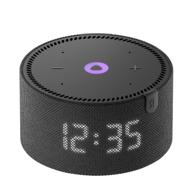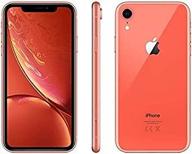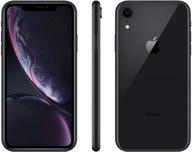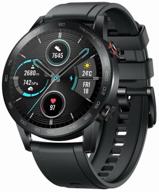- In addition to being tiny and including a display, this device offers excellent battery life and can be charged quickly. The time displayed is easy to see. Overall, it's not an awful layout. Easy on the feet. An alarm clock that won't stop until you're wide awake, rather than giving off three feeble vibrations and then going silent (hi, up3). When the bracelet is out of range (hey, Sony SmartBand! ), the native app does not notify the phone. Counts steps and keeps track of your sleep cycles.
- Alarm. Even still, some peculiarities remain. I think I may have woken him up a few times, or at least had him think in his sleep that I was already awake, if he didn't switch on at all. As a result, I'm not a fan of bracelets with touch-on buttons because it's too easy to press them inadvertently. According to my understanding, they decided to replace the smart alarm clock with this algorithm, which works something like this: you set the alarm for an hour in advance, and when it reaches the wrong phase, you don't wake up, but when it reaches the right phase, you already feel it and get out of bed. The alarm should go off every three minutes for 15 minutes since the concept of a smart alarm clock cannot be proven to be beneficial and because an extra hour of sleep is considerably more valuable than getting up in the "necessary" phase. Poorly estimates sleep duration, typically adding 20 minutes at both ends (though this can be adjusted post-mortem). It can't tell when it's not on the arm, so even when it's resting on the table, it's trying to take a reading of the pulse (as observed by blinking). Thankfully, this has no effect on the charge. A failure to recognize REM sleep. I preferred the jawbone up3 since it was more practical to wear on the neck than the arm.
















